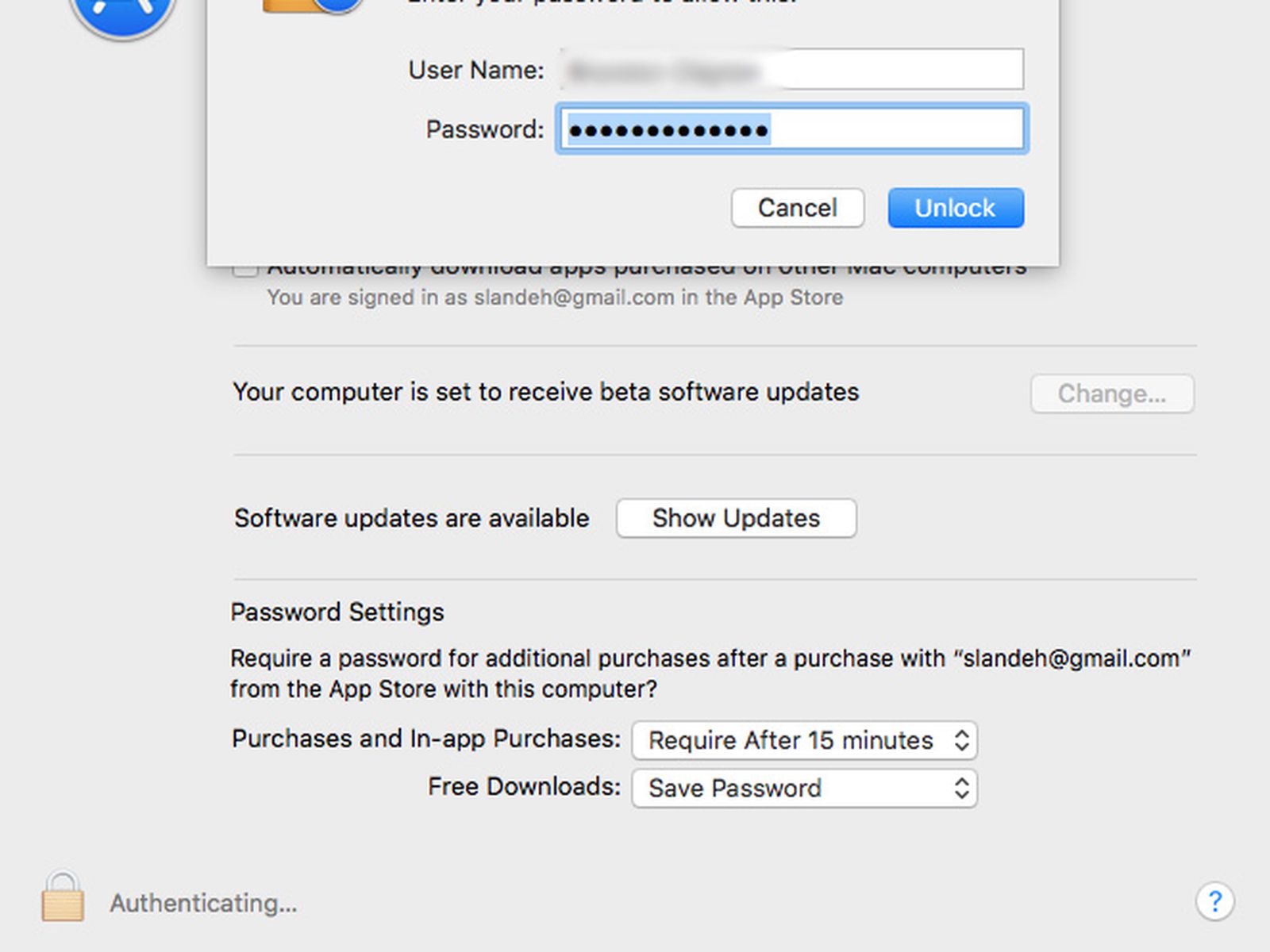
The process normally takes a minute or two to complete. You will need to note the identifier of that drive (green box) for the next step.ħ) In Terminal type the following command using the identifier found in the previous step and hit the Return key.ĭiskutil eraseDisk JHFS+ MacOS /dev/ identifier

You can further confirm you have the proper drive by looking at the size (red box). To find the internal SSD, look for the following: ‘(internal, physical)’ which is shown in the blue box below. The majority of the list is going to be ignorable disk images. An internal drive should be the very first or second drive in the list (see image below). Making a typo could result in lost data and time.ĥ) In Terminal type the following command, then press the Return key:Ħ) A long list of disks will appear we need to find our target disk from this list. When using terminal it is important to type all commands exactly as they appear in this guide. For drives that cannot be disconnected, please make sure you have current backups of those drives. Note: We strongly recommend that you disconnect any externally mounted drives at this point, to prevent accidentally destroying the data on those drives. Please read the notes below before proceeding:

Although Disk Utility should always be tried first, a Mac’s Terminal can be used to format the drive in these cases. Recently, some OWC customers have reported experiencing a situation where their new SSD will not show up in Disk Utility in High Sierra.


 0 kommentar(er)
0 kommentar(er)
